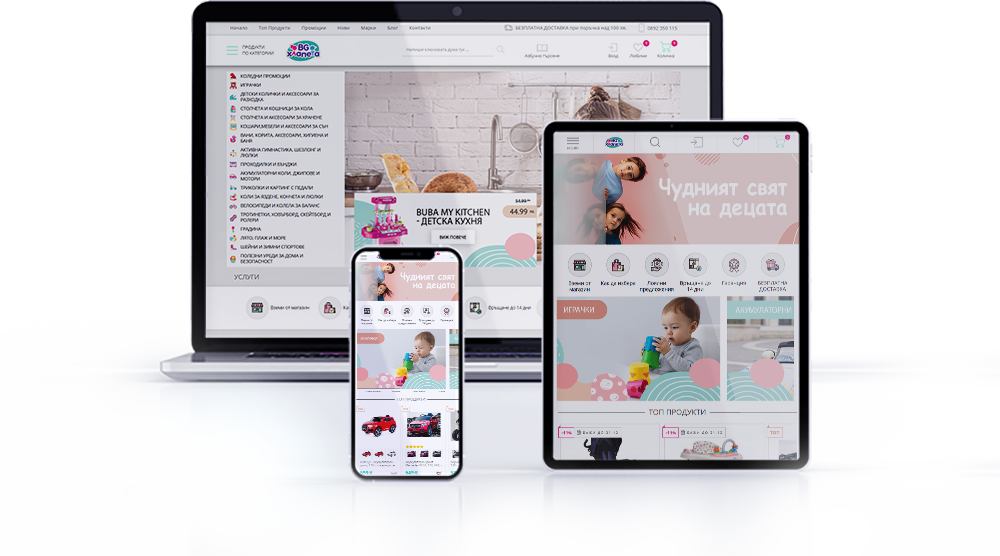STAGES IN WEB DESIGN.
Any relatively complex process can be divided into meaningful stages, responsible for the creation of one or other elements of the project. The development of web design usually takes place in the following order:
Formation of the Terms of Reference
development of the main page web design
creating the design of the standard pages
design of additional sections
HTML coding

As with any technical project, the creation of a website requires a clear formulation of tasks, the development of individual elements and their integration into a common functional system.
Without a statement of work, no qualified designer can tackle the project the right way. A clear statement of work ensures that several specialists work consistently, eliminating any misunderstandings between the client and the contractor. The following issues are often included in the web design brief:
customer requirements in the field of artistic and technical execution
list of competitors with nice web design
the range of colors in which the site will be developed, the font, etc.
elements of the corporate style that are desirable to use in the development
structure of the resource (number of pages, sequence, transitions, links)
availability of program scripts
prospects for future development and expansion of the resource


The home page of the website is the key element in the design and how professionally it is done depends on it, and also the popularity of the site among visitors depends on this page. According to statistics, most people judge a website by its cover and its main page. The development of the sub-sections of the site is subject to the basic rules formed in the process of creating the main section and designing the overall style. Additional sections, like the forum, may have their own design, so they are often developed separately.
WHAT DOES A LOGO HAVE?
When a designer takes on a logo project, he spends a lot of time finding out about the organization he is going to make a logo for and its clients. Let’s dive into the process and understand what a logo should sell as an idea. Most designers follow a few principles when creating a company logo.
1. Simplicity
The logo design should be easy to understand and quickly recognisable. It shouldn’t be distracting, cluttered with elements, and about how long it would take people to remember a logo idea.
2. Timelessness
When creating a logo, it needs to be made so that in 10, 20 or 50 years it will be up to date. Also, when scaling the logo, consider if the quality will be lost and if the logo will scale well on a 50% screen reduction. Good readability across media is also a criteria.
3. Appropriateness
Does the logo resonate with the desired audience? The style of the designer’s logo idea is determined by the aesthetic understanding of the brand’s customers.






